by Djavad Salehi-Isfahani
It’s not every day that Iran’s bazaar merchants close their shops to protest high prices. They are of course not protesting the high price of bread or chicken, whose prices have not increased, but of dollars, which have become scarce, hurting import businesses. In April, the government stopped the supply of foreign currency to private money-changers and required all foreign-exchange transactions to go through the Central Bank. Millions who relied on the so-called free market for their foreign-exchange needs—travelers, people sending money to their families abroad, businesses with foreign transactions, and those taking their money out of the country—were suddenly forced to deal with smugglers.
Within days of the decision to outlaw unofficial transactions, a black market emerged registering a high premium over the official rate of 42,000 rials per dollar, an increase of more than 100% this week. Many observers have erroneously used this rate as a barometer of the state of Iran’s economy. The conservative Cato economist Stephen Hanke predicted in Forbes that Iran’s economy is on “a death spiral,” and The New York Times described it as in “free fall.”
The reason why these dire predictions are wrong is simple: the influence of the black market on consumer prices in Iran is limited because only a small proportion of Iran’s foreign exchange passes through it. The government earns the bulk of the available foreign exchange and is saving it to import basic consumer goods. By squeezing the supply of foreign currency for what it considers non-essential uses, the government is limiting the risk of an uprising from the poor and the middle class.
So, rather than a sign of imminent economic collapse, the high price of the dollar is a sign of government prudence that may pay off in the long run.
The media, both inside and outside Iran, refer to the rise of the price of the dollar in the black market as the loss of value of the rial. This is also misleading. The real value of the rial is the amount of goods and services, not black-market dollars, that people can buy with it. As such, the fall in the value of the rial is better measured by the rate of increase in the consumer price index and not the exchange rate in the black market. As it happens, the rise in the consumer price index is much slower than the hike in the black-market exchange rate. Consumer prices have risen by six percent since the beginning of the Iranian year (March 21, 2018) while the dollar has more than doubled in price. Nevertheless, for consumer prices this is a high rate of increase in three months (27 percent annual rate) and an indication that President Hassan Rouhani’s economic program, which was centered on bringing inflation down to single digits, has collapsed.
As in the past, inflation will slow as the effect of devaluation passes through the economy and the uncertainty regarding the new round of sanctions resolves, but economic growth will remain far below its historic five percent range.
There is considerable uncertainty whether Europe can find a way to keep trade and financial flows with Iran open, and if China and India, which together import half of Iran’s oil exports, will defy Trump and continue their purchases. But there is reason to believe that sanctions will not be as effective as they were under Obama, when Iranian oil exports dwindled to fewer than half a million barrels per day and were heading down even further. Back then the US extraterritorial sanctions had more bite because of a global consensus over the need to slow down Iran’s nuclear enrichment program.
Today, with Iran in full compliance with the international nuclear watchdog, the International Atomic Energy Agency, and the US condemned for its unilateral withdrawal from the Iran nuclear deal—not to mention the ill will the Trump administration has generated globally by trashing other international agreements and starting tariff wars—it may be harder for the US to force other countries to comply with its sanctions. The US ability to punish countries and companies that continue to trade with Iran has not diminished, but the moral force behind it has. Established companies will not risk stiff penalties or the loss of access to the US market by breaking the sanctions, but others would feel less guilty for helping Iran get around them.
But external sanctions are only one side of the story. In Iran, people speak of internal sanctions, by which they mean domestic obstacles to economic growth. Several factors make Iran’s present situation more perilous than in the past.
First, in 2012 oil prices were 50-60 percent higher than they are today, so the little oil that Iran sold brought in more money than it would now. Oil prices may recover somewhat as Iran’s oil exits the market. Barring unexpected disruptions in global supply, however, they are unlikely to reach their pre-2014 level.
Second, Iran’s banking system is in much worse shape now. In 2012, as the recession was starting, the assets of the banks, many of them linked to real estate, were losing value and the banks were sliding into insolvency. Today, five years later, these banks are unable to lend because they are still struggling to shake off their bad loans.
Finally, last month I found the mood in Iran much less optimistic than it has been for a long time. In the past, people habitually grumbled about the poor state of the economy but displayed optimism at election times, as in 2013 and 2017, when they elected the moderate and reformist government of Rouhani.
And now, with the collapse of the nuclear deal, and with it Rouhani’s economic program, Iranians do not know what to hope for. The display of public anger, which we see in sporadic protests over diverse but real issues such as water, failing banks, lost wages, and most recently the rising price of the dollar, may be an indication of this lost hope.

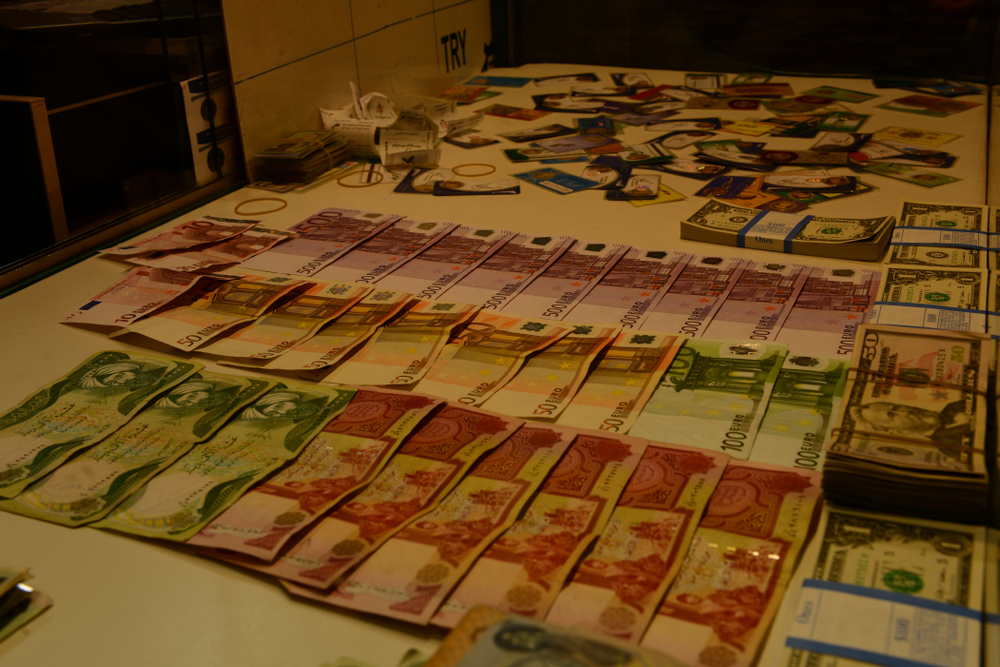
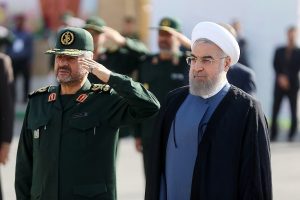
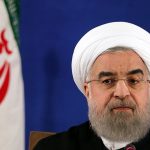
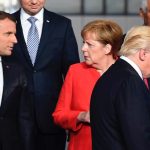
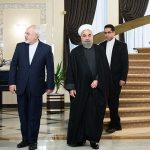
Djavad
Damet garm. Well said.
Just a few points.
Look at the price of gold coins. I show them every week at my FB page. Last week they rose. Also the Rial devaluation rose the Tehran Stock Exchange to new high, but that too has pulled back. The biggest shock will be when oil sanctions will hit the Chinese and Indian importers in November, and that is being discounted now.
Yes there is a war going on. We want these wretched Ayatollahs out. But they are threatening to strangle Iranians, with their own sanctions, which I have been writing about for years. They have gotten away with it, by blaming US. No more. The people have seen the drought, and they know how the oil income has been squandered.
We do not want another humanitarian crisis like Yemen and it won’t happen. Iran has a well established dual economy, where people have bypassed the Ayatollah economy. And now with them financing IRGC adventures, the people have taken to the streets, rightly so.
All in all, from November, we will know whether the Chinese would rather deal with modern post Ayatollah culture, or to keep nurturing an Ayatollah regime for other more sinister reasons.
Ya Ahuramazda!
Ali Mostofi, you’ve either misread or misunderstood Mr Salehi’s points! Mr Salehi’s counterpoint is against the foreign and domestic media’s predictions and for the fact that “black market” has no bearing on the general economy in Iran!
Let’s assume that you’re half right! Then let me predict the future for you! If the economy collapses as you are wishing to see it, then there’s going to be a military Coup by the IRGC and ultimately Iran will become very similar to the Pakistan’s situation in the old days! Under that condition no one can win including people of Iran, you, Ahuramazda, Mohammed, Ali or Hossein for years to come! As you know better there’s going to be a military attack against Iran under those circumstances! Is that your wish for the people?
Monty Ahwazi
40 years ago we thought of this scenario.
You can either fight rage with rage and end up worse, or you resist rage with non-violence.
Non-violent resistance and regime change will create a situation where the losers will feel safe. There needs to be a way out for the Ayatollahs and their forces.
Now the only situation which prevents this, is a soft force that is a front to the regime. That is what Rouhani is. Ironically we need to have the worse the regime has to offer with our civilization.
Our civilization is made of coexistence. Yes we are made of diversity. You and me have to disagree. That is our civilization. We are like an old oak tree. I am on the opposite branch to you. But both of us have a common civil root called Iran.
It is then best to have the worst that the Ayatollahs have to offer ASAP. No apologists like Rouhani needed. Let us have the die-hards from the Qom Seminary. You know the Jannati types. Let them do the worst. We will take their rage. We will absorb their madness. We are stronger than they are. We have peaceful intelligence and not rise to their anger.
That is what Ahuramazdans are.
Very interesting point of view
Ali Mostofi,
I have no such a desire to be standing on the same tree or even on an opposite branch with you as you stated! First the MEK terrorist group which is a branch or the origin of ISIS that is being supported by a bunch of screw balls in the west, Saudi and Israel as ISIS was, has to be destroyed and exterminated like pests! Certainly then the people of Iran will have to make a decision on their own about the fate of Mullahs with no interference by anyone or any country!